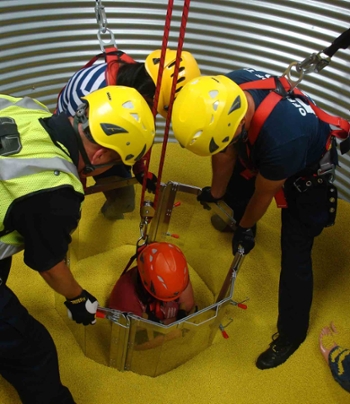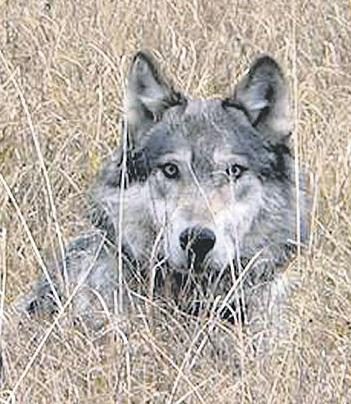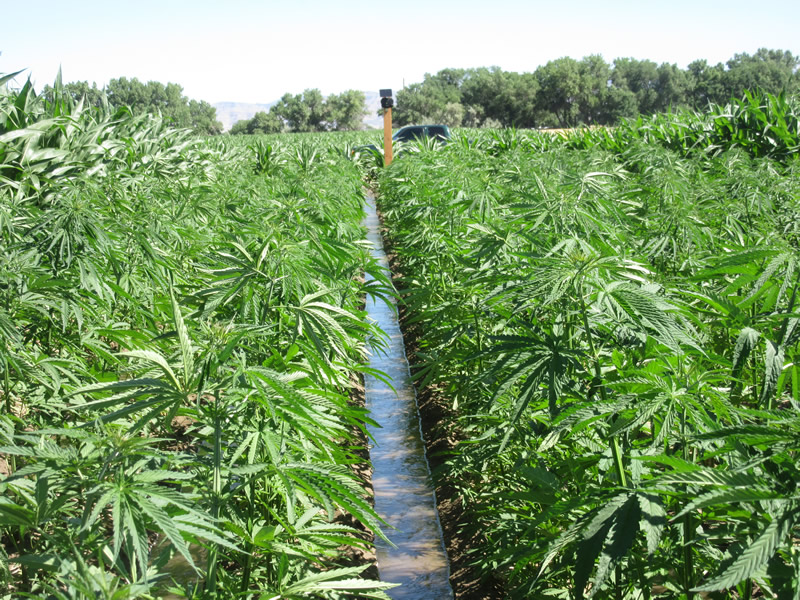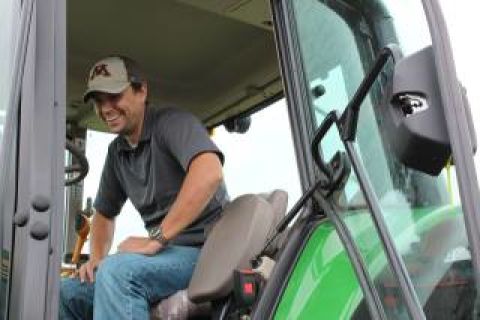Drones might not be a topic that a lot of non-farm folks would associate with agriculture, but they are becoming a lot more popular on farms across the country. Drones have been a big topic of discussion recently between the Federal Aviation Administration and farm groups like the American Farm Bureau. This is a copy of an article I just saw in their latest email blast.

The Federal Aviation Administration should revamp its drone proposal to provide flexibility to allow farmers and ranchers who cannot access the internet to continue using drones, according to the American Farm Bureau Federation.
America’s farmers and ranchers embrace technology that allows them to be more efficient, economical and environmentally aware. Drones are an important precision agriculture tool they use to manage their crops and livestock and make important business decisions, the organization pointed out in comments to the FAA on its drone-related advanced notice of proposed rulemaking.
“Today’s farmers and ranchers are using precision agricultural devices to make decisions that impact the amount of fertilizer a farmer needs to purchase and apply to the field, the amount of water needed to sustain the crop, and the amount and type of herbicides or pesticides the farmer may need to apply,” Farm Bureau said.
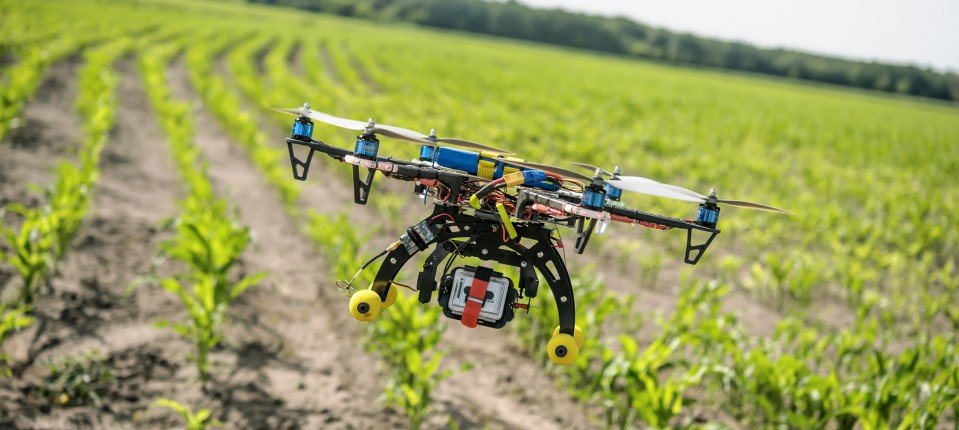
The two main problems with the proposal are: it would ground many drones that farmers and ranchers currently own that do not meet the rule’s specifications and it would prevent many farmers and ranchers from ever operating a drone because of a lack of access to broadband.
Farm Bureau had several suggestions for improvement.
FAA’s proposal would require drones to connect to the internet and transmit their remote IDs. But on the 29% percent of farms and ranches without access to the internet, this would be impossible. And while Congress, the FCC and USDA have acknowledged this problem and are working to increase connectivity for precision agriculture equipment, the proposal fails to take this challenge into account.
“Requiring drones to connect to the internet and broadcast a signal would remove one of the newest tools in the toolbox for farmers and ranchers during a time when they have already seen a drastic 50% decline in net farm income in the last four years,” Farm Bureau said.
Farm Bureau is recommending an either/or approach that would allow the drone to send a remote ID signal through an internet connection if available or broadcast a signal if the internet is unavailable.
As for the limited remote ID requirement, Farm Bureau reiterated its call for FAA to provide an alternative method for operators to signal their location when the internet is not available. Another option is removing the requirement that the drone must connect to the internet since the drone must operate within 400 feet of the ground station and cannot operate beyond visual-line-of-sight under the limited remote ID requirement.
The proposal’s lack of definitions for “internet” and “sufficient signal strength and coverage” is also problematic.
“In rural areas where internet connections drastically fluctuate, drone operators need clarity on internet connection speeds that qualify for the standard and limited remote ID requirements,” Farm Bureau said.
The group’s final recommendation was that the FAA establish a position on its Drone Advisory Committee for an agriculture, forestry and rangeland representative.
“Farmers offer a unique perspective on their use of drones because they often operate a drone in more remote areas. Many of the concerns included in these comments could have been discussed during DAC meetings if there was representation,” Farm Bureau said.



